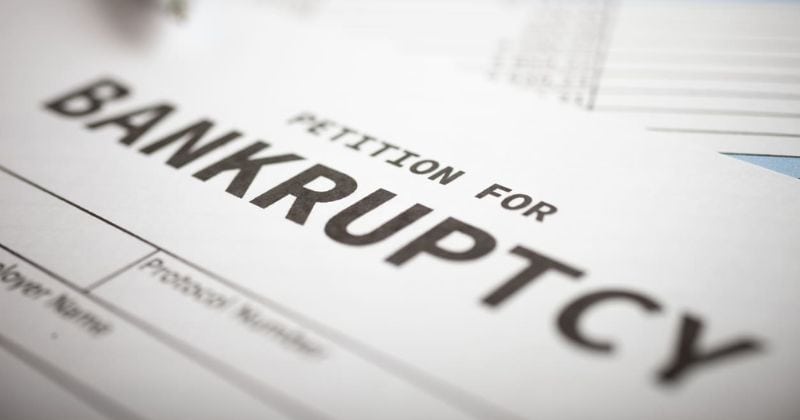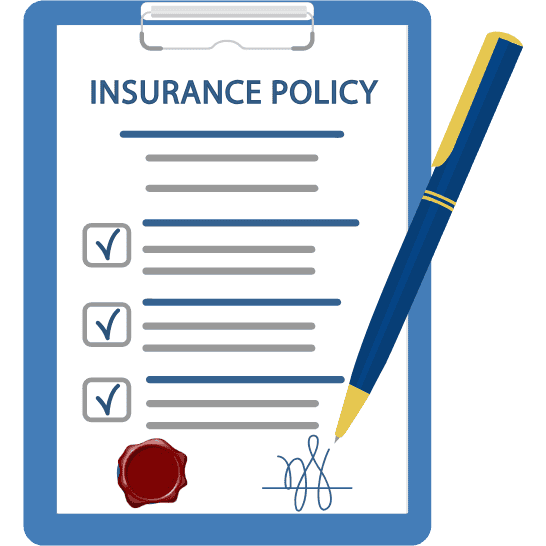What Happens When A Company Declares Bankruptcy?

Declaring bankruptcy is a significant financial event that can dramatically affect a company, its employees, its creditors, and even the economy as a whole. It's a legal process designed to help a company in financial distress manage its debt and attempt to return to financial health, or if that's not possible, to wind down its operations in an orderly manner. Understanding what happens when a company declares bankruptcy requires an exploration of the process, the types of bankruptcy, the roles of various stakeholders, and the long-term consequences of such a decision. When a company declares bankruptcy, it is seeking legal protection from its creditors. This protection is granted by a court through the bankruptcy proceedings, which are designed to ensure fairness to both the company and its creditors. The bankruptcy process starts with the company filing a petition with the court. The court will then assess the company’s financial situation to determine whether bankruptcy is indeed necessary. Once the company files for bankruptcy, an automatic stay is put into place. This stay halts any legal actions by creditors to collect debts, such as lawsuits, wage garnishments, or foreclosures. It gives the company a breathing period to reorganize or liquidate its assets without the pressure of ongoing legal action. There are several types of bankruptcy under which a company can file, with the most common being Chapter 7 and Chapter 11 in the United States. These two chapters have very different implications for the company and its stakeholders. When a company files for bankruptcy, its creditors are at the heart of the process. Creditors can be individuals, financial institutions, or other companies to whom the bankrupt company owes money. There are two types of creditors in bankruptcy: secured and unsecured. In the case of Chapter 11 bankruptcy, creditors will have the opportunity to vote on the company's proposed reorganization plan. Their approval is essential for the company to continue operating under the bankruptcy court’s protection. One of the most immediate consequences of a company declaring bankruptcy is the impact on its employees. While a company in Chapter 11 may try to avoid layoffs, employees often face uncertainty about their jobs. Even if layoffs are avoided, the company may freeze or reduce salaries, cut benefits, or halt pension contributions in an effort to save money. For companies filing under Chapter 7, layoffs are more likely since the company will be liquidating its assets and ceasing operations. Employees may be entitled to severance pay, though this depends on the company’s available funds. In some cases, employees may also have to file claims in the bankruptcy process to recover unpaid wages or benefits. Suppliers and vendors are also impacted by a bankruptcy declaration. As unsecured creditors, they may face delayed payments or receive only a fraction of what they are owed. Companies in Chapter 11 bankruptcy often try to renegotiate contracts with suppliers to reduce costs, which can strain supplier relationships. In bankruptcy cases, especially under Chapter 7 and Chapter 11, a bankruptcy trustee is appointed to oversee the proceedings. The trustee’s role is to ensure that the bankruptcy process is conducted fairly and in accordance with the law. For Chapter 7, the trustee is responsible for liquidating the company’s assets and distributing the proceeds to creditors. In Chapter 11, the trustee may be involved in overseeing the reorganization process and ensuring that the company’s management adheres to the reorganization plan. In some cases, the company’s management may be removed, and a trustee will be appointed to manage the business in Chapter 11, especially if there is evidence of misconduct or mismanagement. The trustee acts as an independent party to represent the interests of the creditors. In Chapter 7 bankruptcy, the company’s assets are liquidated to pay off creditors. This process involves selling off everything of value that the company owns, including equipment, property, and inventory. The proceeds from these sales are distributed among the creditors, according to their priority status. In Chapter 11, liquidation is not typically the goal, but it can occur if the company is unable to reorganize effectively. If the company continues to operate under Chapter 11, it may attempt to restructure its debt or sell parts of its business to generate cash flow. This can help reduce debt while allowing the company to keep its operations going. Declaring bankruptcy doesn’t mean that a company’s financial troubles are over. The aftermath of a bankruptcy declaration can be far-reaching. Conclusion: When a company declares bankruptcy, it marks the end of one chapter and the potential beginning of a new one. Bankruptcy provides businesses an opportunity to reorganize and return to profitability or, in more unfortunate cases, to liquidate and wind down their operations. The implications of bankruptcy extend beyond the company itself, impacting creditors, employees, suppliers, and even the larger economy. While bankruptcy offers a fresh start for businesses in distress, it is a complex process with long-lasting consequences that can shape the company’s future for years to come.The Bankruptcy Process
Types of Bankruptcy
The Role of Creditors
Employee and Supplier Impact
The Bankruptcy Trustee
Company Assets and Liquidation
The Aftermath: Financial and Legal Consequences

